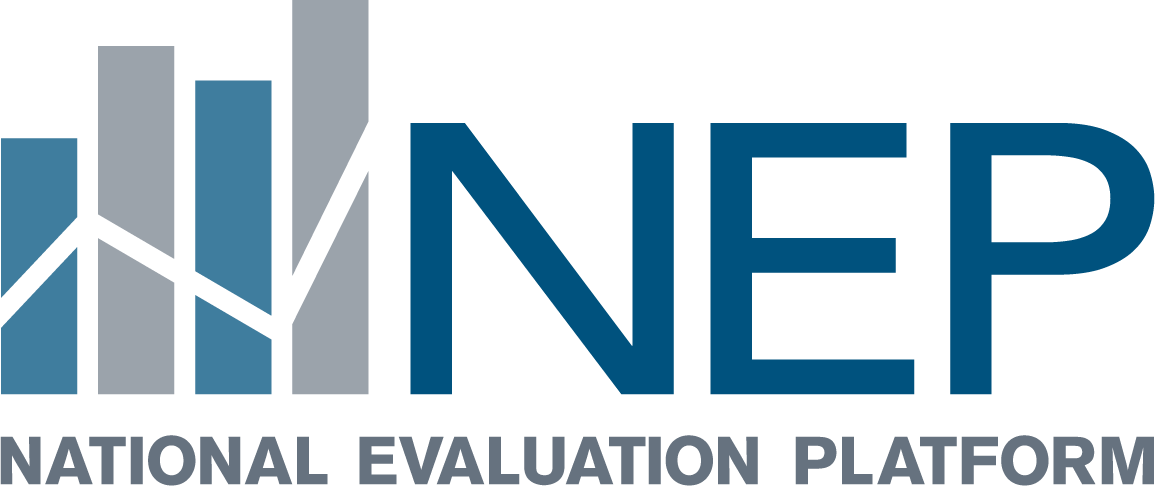NEP Mali
Who participates in NEP-Mali?
NEP in Mali has not one but five home institutions (CREDOS, INRSP, INSTAT, DNS, and CPS) who share the leadership of in-country activities, with CREDOS assuming the role of coordinating institution. The five institutions, along with civil society and associated partners (WHO, UNICEF, UNFPA, USAID, ANTIM, University of Bamako, Scaling Up Nutrition, Global Affairs Canada and the Ministry of Health and Public Hygiene) form the Steering Committee. The group is responsible for identifying priority themes and is also the primary audience for NEP findings.
Under the guidance of the Steering Committee, the Technical Task Team (Groupe Technique de Travail GTT-NEP) comprised of staff members from each of the home institutions who are engaged in monitoring and evaluation, research, and program management build the NEP in Mali. This group is responsible for ensuring that their institutions contribute data, develop evaluation expertise and make use of the NEP findings. They run NEP analyses to support evidence-based decision making at policy level.
Why does the NEP work in Mali?
The strength of the collaboration in Mali has been identified as being a key factor in its success. Indeed, the complementary expertise and leverage of the home institutions has been of paramount importance. Each institution contributes crucial knowledge and skills that encourage data sharing and the use of the NEP by decision-makers. The engagement of policy makers in the NEP cycles and the effective decision-making structure where the home institutions meet regularly to move the implementation forward are also important elements for success. The tools and skills of the NEP are integrated into existing MoH systems, making the NEP sustainable and promoting country-ownership.
What has been accomplished so far?
Cycle 1 of NEP was focused on answering two evaluation questions:
- How many lives would be saved if Mali were to reach the targets in its strategies and plans?
- What interventions should be implemented and what coverage levels should be targeted to allow Mali to reach PDDSS/PRODESS mortality targets by 2023 in the area of Neonatal mortality, Infant mortality, Under five mortality, and Maternal mortality ratio?
The NEP build capacity in using the Lives Saved Tool (LiST – www.livessavedtool.org) to model the effects of different programs and policies on maternal mortality ratio, neonatal, infant and child mortality rates. It also identified that the current measures would not allow for the targets to be reached by 2023, as well as what modifications could help modify the trajectory.
MoH and the Steering Committee recommended that DS and CPS use NEP findings in order to improve their MNCH&N plans (May/July 2015) and use the NEP in their day-to-day activities. The MoH and Steering Committee also recommned that the NEP team train regional health directorate teams in the use of LiST to improve planning. This training will be held in 2018 with separate funding from the Government of Canada. Trainings on LiST have also been conducted at the University of Bamako’s Faculty of Medicine.
Influence of Cycle 1 findings
What’s next for NEP-Mali?
The 2012-2013 DHS revealed that MNCH&N indicators in the Mopti region were weaker compared to the other regions. The NEP Steering Committee has asked NEP-Mali to identify cause of these weaknesses. The results of these analyses will be available in the first quarter of 2018.
Additionally, a qualitative study on family planning and skilled birth attendance in the region of Mopti was conducted to identify the cultural factors that influence the specific results in this region. Results will be available in first quarter 2018.
To obtain more information about the NEP in Mali please visit http://www.sante.gov.ml/index.php/nep-mali.


